As the COVID-19 pandemic took hold in early 2020, it demanded healthcare providers consolidate resources and set up clear lines of communication. The testing established to carefully collect information and track the disease’s spread became particularly vital.
While a national and international response helped develop guidelines for testing best practices, facilities struggled to accommodate the many individuals coming in for testing every day — whether for rapid testing, polymerase chain reaction (PCR) testing, or screening for antibodies.
As a result, medical practices and testing sites have been slammed. They have to schedule thousands of appointments, accept walk-ins, and manage the necessary cleanliness and personal protective equipment (PPE) standards all at once.
To collect test requests, many facilities built their own forms and checklists to sign people in and gather important information. There isn’t a standardized format for these requests, though, so healthcare organizations should know the basics of creating these forms. Here are some essential steps to building and collecting COVID-19 test requests.
Essentials of a request form
The testing request form should provide healthcare workers with a patient’s basic information while capturing the individual’s recent activity and health history. Be sure to include questions about the following in your form.
Personal information
Collect basic information from the patient requesting the test, including their
- Name
- Date of birth
- Sex
- Home address
- Contact information (phone number, email address, etc.)
Other information to collect before, or immediately following, a patient’s test might include a work address and details about who the patient has most recently been in contact with. Additionally, you can collect health insurance information to cover additional fees and non–out-of-pocket expenses.
Symptoms
Medical practices can also provide a basic questionnaire or checklist of prescreening health questions to determine why the patient is requesting a test. While not necessary in a request form, this information can give the patient info about safety practices at your testing site ahead of time.
Ask about potential symptoms like
- High temperature
- Respiratory symptoms (cough, difficulty breathing)
- Fever/chills
- Additional symptoms (dizziness, fatigue)
Travel information
A travel information section helps determine where the patient has been over the past two to 14 days (designated as the viral incubation period). Relevant questions can include the following:
- Have you recently been exposed to anyone who has tested positive for COVID-19?
- Have you attended any group events of more than X people (X being the number your state or municipality qualifies as a “large gathering”)?
- Have you traveled to a different state in the past two weeks? If so, where?
- Have you traveled internationally? If so, where?
Vaccination status
Around 58 percent of the U.S. population is fully vaccinated, while almost 52 percent of the global population has received at least one dose. When building a testing request form, include questions about the person’s vaccination status.
In addition to whether they’re vaccinated, ask patients for the brand of vaccine they received and when they received their last dose. The date of their second dose is especially important, as the Centers for Disease Control and Prevention (CDC) has noted that it takes two weeks from the second immunization to be considered “fully vaccinated.”
Type of test and fees
If the patient’s requested test requires fees — like the faster PCR and advanced screening tests — include that information in the testing request form so the patient is aware of fees beforehand. A hidden fee may discourage patients from getting tested in the future.
Facility information
To make the testing process as smooth as possible, be sure to provide clear directions to your medical practice or testing facility and include pertinent safety guidelines your patients will need to adhere to — like wearing a mask, social distancing, or doing a temperature check before arrival.
How Jotform can streamline your COVID-19 testing
A test request form is a key part of the COVID-19 testing process, so be sure to use an accurate and easy-to-navigate form builder to create one.
Jotform is a leading provider of custom digital forms with diverse functionality that allows users to either fill out a request online ahead of time or on the day of the test via digital in-person check-in through the Jotform Health App.
Jotform’s HIPAA-friendly forms (available to those on a Jotform Gold plan or higher) provide medical practitioners with an easy and secure way to collect patient information. Medical practices can use these forms to collect the data and information mentioned above in one central source, in addition to scheduling testing appointments, securing patient approval and consent, and collecting any necessary payments.
On top of great functionality, Jotform has made these essential data-collection tools free for all Coronavirus responders, including healthcare providers, government organizations, and nonprofits. For those in the European Union, Jotform is GDPR compliant to ensure the safety and security of all sensitive data collected.
The COVID-19 pandemic has created an unprecedented burden on healthcare systems around the globe, as people concerned about their health race to get tested, and mountains of data and patient information pile up. With the right tools to collect these details, you’ll be better equipped to handle the mass of testing requests and keep your patients informed and healthy.





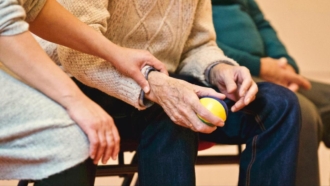






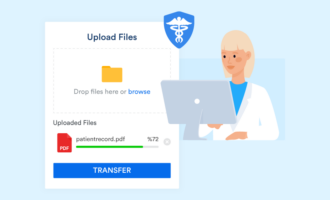









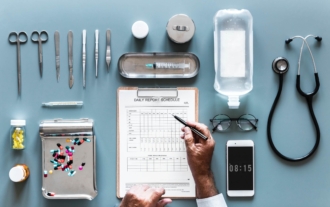






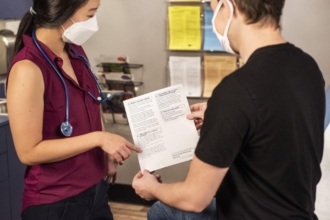



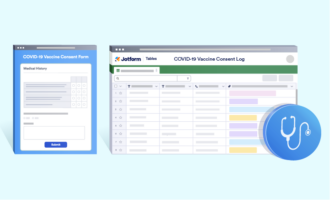

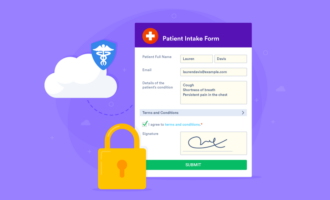







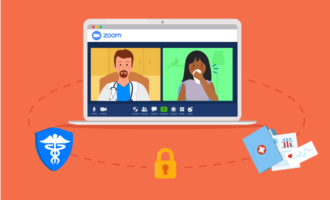










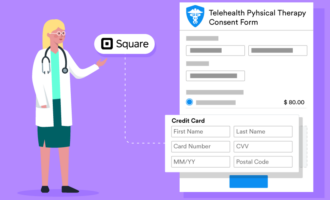



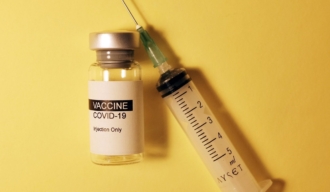



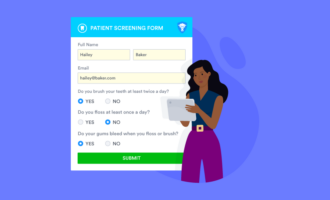



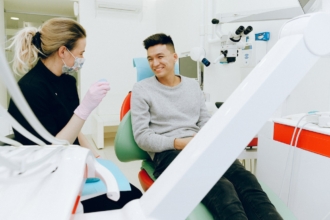







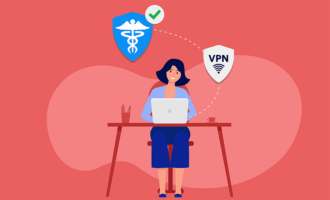
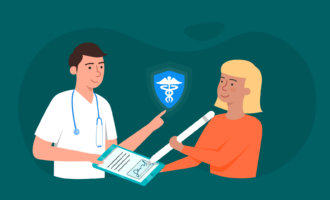
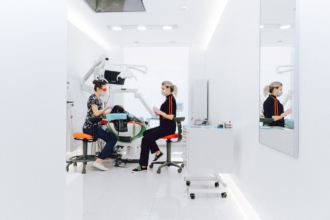





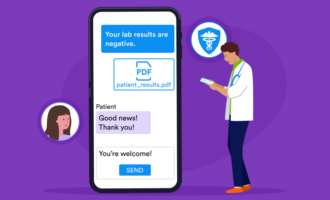






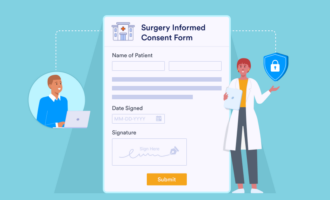
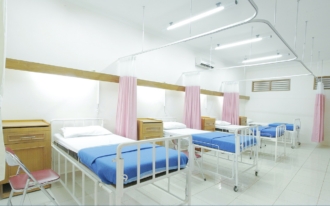
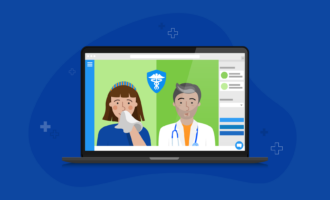


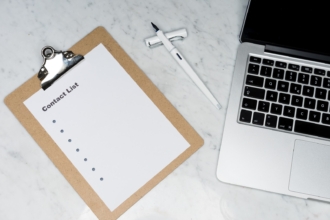





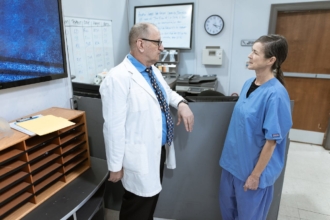



Send Comment:
1 Comments:
More than a year ago
Unable to access my COVID test results, it takes me to a 404 page not found